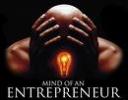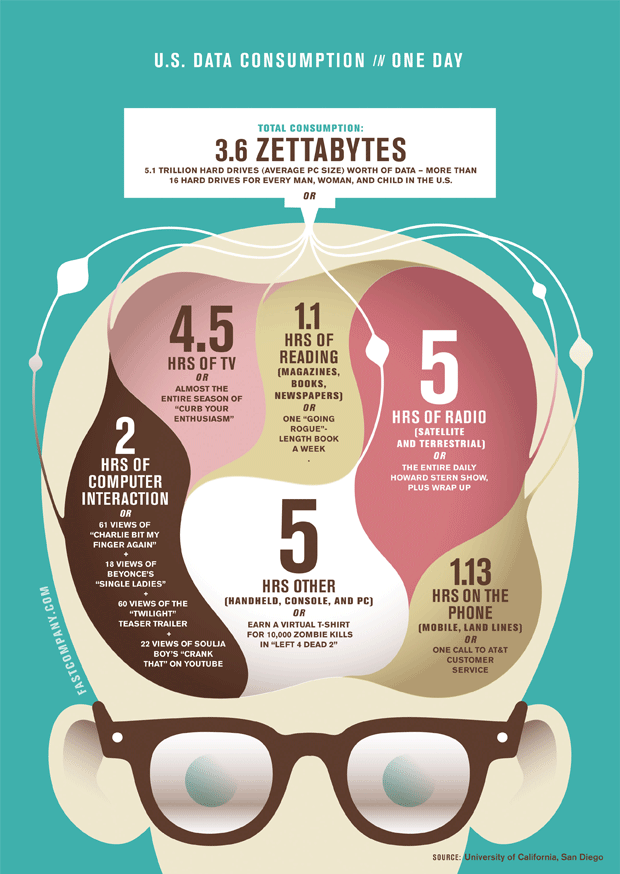Here is a classic cognitive design challenge
ScienceDaily’s, Of Girls and Geeks, reports on research done at the University of Washington that claims stereotypes about computer scientists/students are keeping many women and some men away from the field. They report:
 “The stereotype of computer scientists as nerds who stay up all night coding and have no social life may be driving women away from the field, according to a new study published this month.” And there is more: “When people think of computer science the image that immediately pops into many of their minds is of the computer geek surrounded by such things as computer games, science fiction memorabilia and junk food,” said Sapna Cheryan, a University of Washington assistant professor of psychology and the study’s lead author. “That stereotype doesn’t appeal to many women who don’t like the portrait of masculinity that it evokes.”
“The stereotype of computer scientists as nerds who stay up all night coding and have no social life may be driving women away from the field, according to a new study published this month.” And there is more: “When people think of computer science the image that immediately pops into many of their minds is of the computer geek surrounded by such things as computer games, science fiction memorabilia and junk food,” said Sapna Cheryan, a University of Washington assistant professor of psychology and the study’s lead author. “That stereotype doesn’t appeal to many women who don’t like the portrait of masculinity that it evokes.”
The research is interesting in its emphasis on the supporting artifacts and environmental factors (all the stuff computer geeks are surrounded by) and the role it plays in driving an “ambient feeling” of belonging or not. A real clue for the cognitive designer.
The challenge for the cognitive designer is to create a mental model and supporting artifacts that gives computer science a “new brand”. One that is true to the field but that resonates with, or even accelerates, the thinking of female students.


 As we age we begin to bind or encode non-relevant bits of information into the memories we form. This is called hyper-binding and reveals an interesting increase in bandwidth but decrease in discrimination in memory formation in the elderly. This may have significant implications for the cognitive designer.
As we age we begin to bind or encode non-relevant bits of information into the memories we form. This is called hyper-binding and reveals an interesting increase in bandwidth but decrease in discrimination in memory formation in the elderly. This may have significant implications for the cognitive designer.









